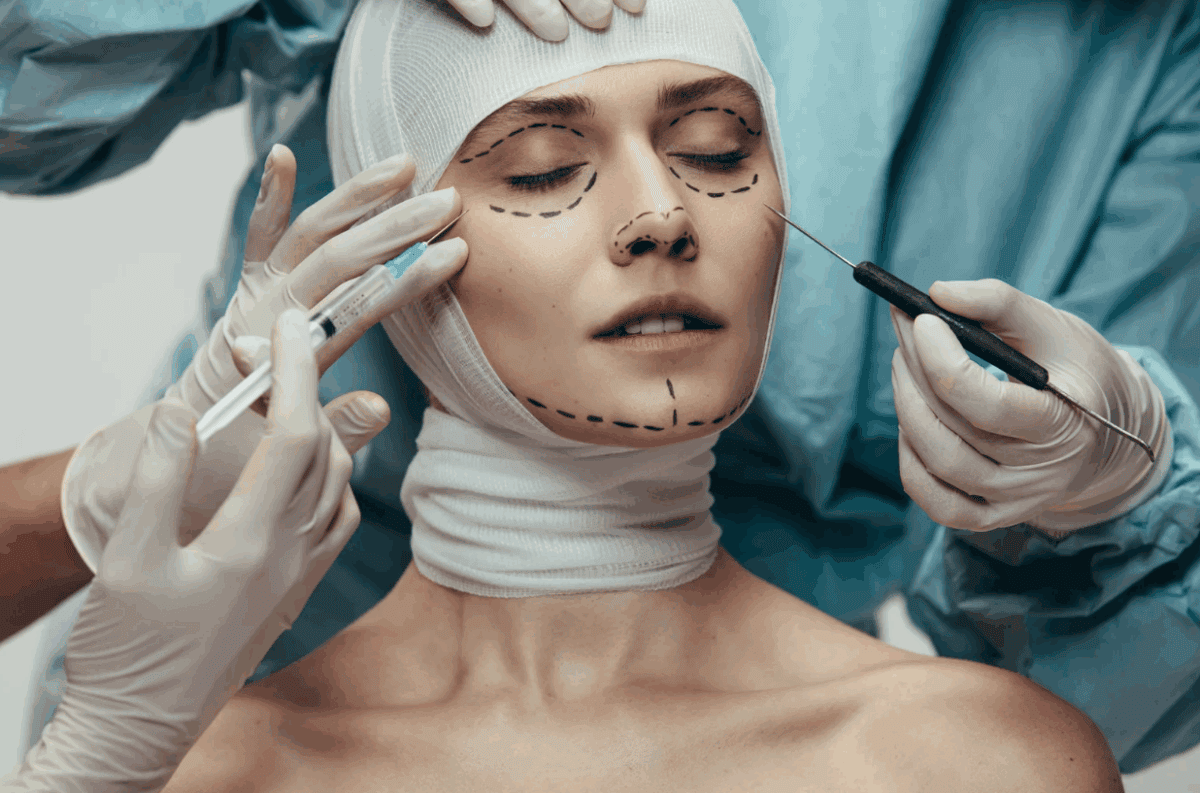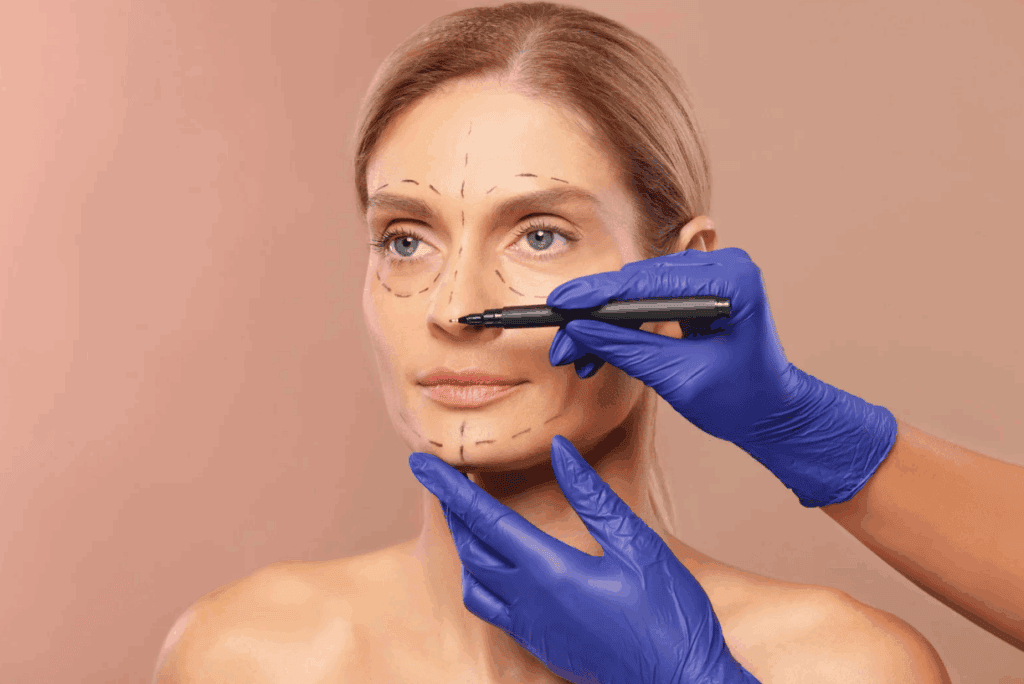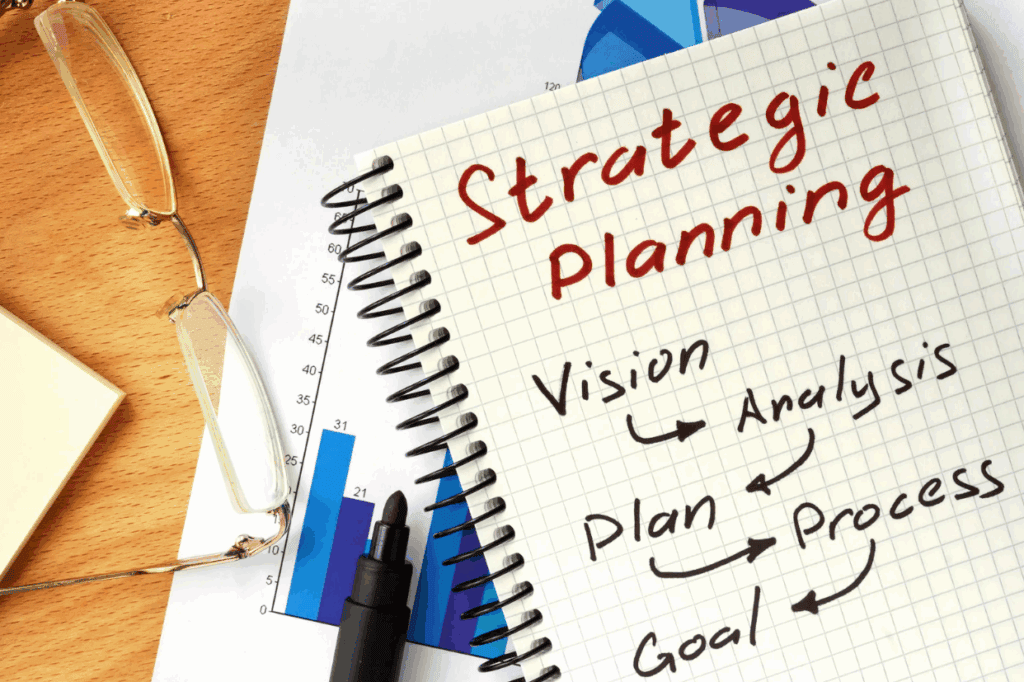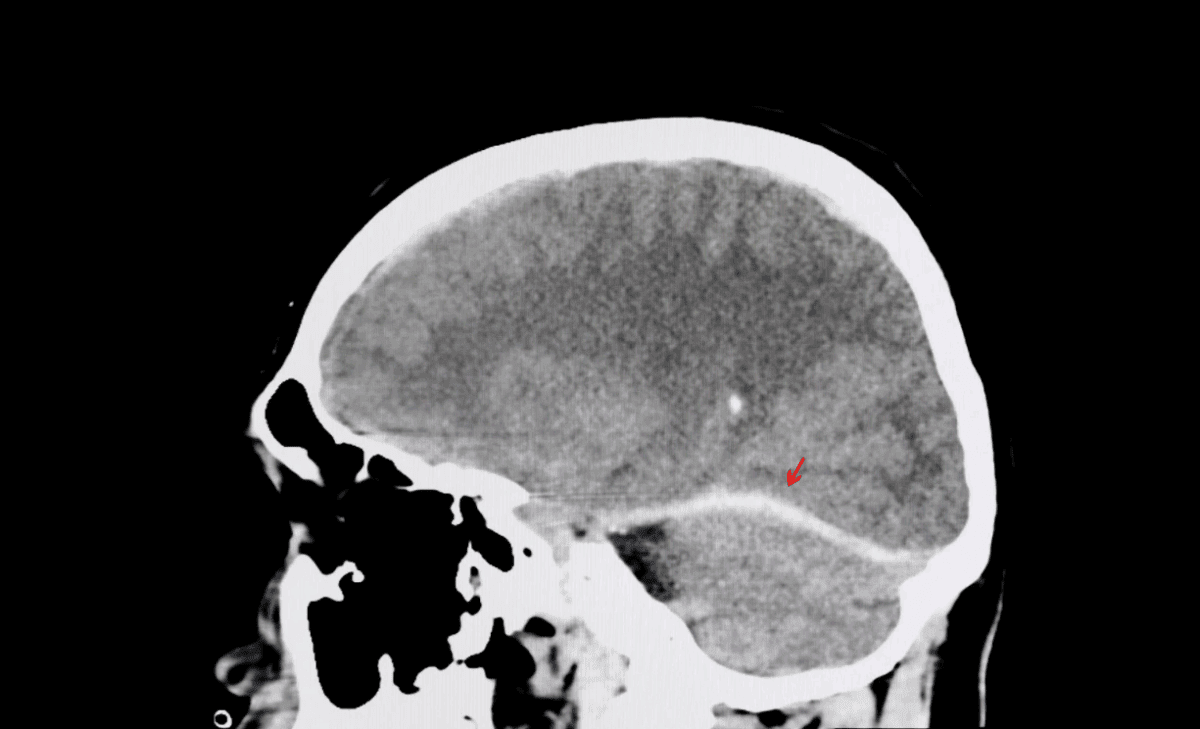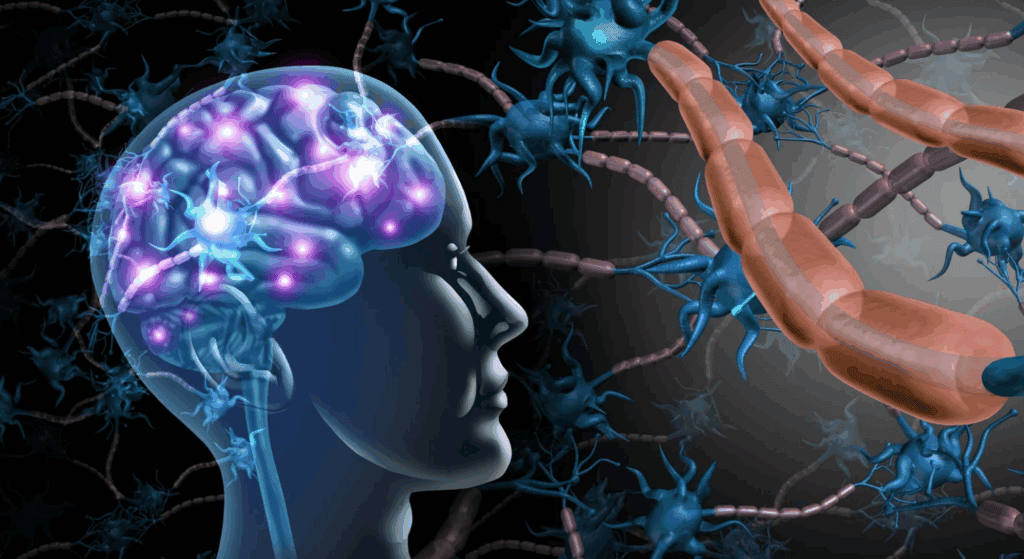If you’re feeling more tired than usual, having trouble staying focused, or noticing changes in your mood or energy, you’re not alone. These problems are becoming more common and often go unnoticed until they start affecting daily life. Many men think this is just part of getting older, but that’s not always the case.
True vitality is about more than just having energy. It’s about feeling strong, thinking clearly, and staying balanced. It’s possible to feel like yourself again by understanding what’s causing the changes in your body. And many times, the reasons are not obvious. Let’s look at some lesser-known factors that could quietly disrupt your health and wellness.

10 Hidden Health Factors That Affects Men
- Chronic Stress and Its Silent Damage
Stress doesn’t always feel intense. It can be ongoing and low-level, like always being on the go or trying to juggle too much at once. Over time, this constant pressure raises cortisol levels, which affects your sleep, energy, and focus.
It can also interfere with your body’s ability to recover and regulate hormones. Many people live with high stress every day without realizing how much it’s holding them back.
- Hormonal Imbalances
Hormones help regulate how your body functions. When something is off, even just a little, you might feel it through lower energy, mood changes, or less motivation. One issue is low testosterone, which doesn’t happen for just one reason. You may wonder what causes low testosterone in men? There could be many reasons, including poor sleep, stress, lack of exercise, unhealthy diets, and even inflammation.
Functional medicine is one of the most effective ways to address this problem. The right professionals, like those at Elite Personalized Medicine, look closely at all the possible causes and help bring hormone levels back to balance.
- Inadequate Sleep and Recovery
Getting enough sleep is one thing, but getting quality sleep is even more important. Poor sleep affects the way your body repairs itself. It also throws off hormone levels and leaves you feeling groggy the next day.
You may not notice how little sleep affects you until it builds up over time. Making sleep a top priority is one of the best ways to support your energy and mental clarity.
- Poor Gut Health and Nutrient Absorption
Your gut is responsible for more than just digesting food—it plays a key role in nutrient absorption, immune function, and inflammation control. When your gut is out of balance, it can lead to symptoms like bloating, fatigue, poor concentration, and even mood changes.
An unhealthy gut may prevent your body from getting the vitamins and minerals it needs to function properly. To support better gut health, focus on eating more fiber-rich foods, avoiding processed snacks, drinking plenty of water, and adding probiotics or fermented foods to your meals regularly.
- Hidden Inflammation from Food and Environment
Inflammation isn’t always visible. It can come from certain foods, air pollution, or even chemicals in cleaning products. When inflammation is always present, it can slowly drain your energy, interfere with hormones, and make you feel run down. Removing known triggers and eating anti-inflammatory foods can help lower the effects and bring your system back into balance.
- Sedentary Lifestyle and Muscle Loss
Sitting for long hours and not moving enough can quietly affect your overall health. Without regular physical activity, muscles start to weaken, metabolism slows down, and energy levels drop.
Movement plays a big role in how the body functions. Simple daily habits like walking, stretching, or strength training can help build muscle, support hormone levels, and boost energy naturally. Even 20 minutes of activity a day makes a difference over time.
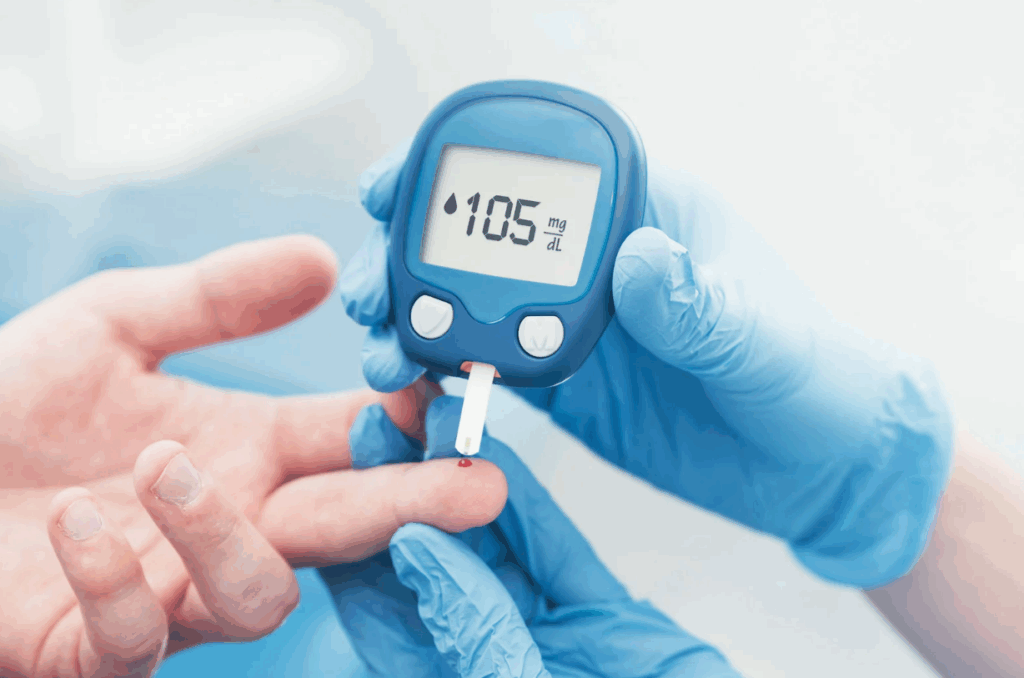
- Blood Sugar Imbalance and Insulin Resistance
Eating habits affect more than just weight. Processed snacks and sugary drinks can cause blood sugar spikes and crashes, leaving you tired and irritable. Over time, this can lead to insulin resistance, which affects energy, mood, and metabolism.
Keeping blood sugar steady through whole foods, balanced meals, and fewer processed carbs can help restore energy levels and support better hormone balance. It also reduces the risk of developing more serious health issues later on.
- Exposure to Endocrine Disruptors
Everyday items like plastic containers, soaps, and even household cleaners can contain chemicals that affect hormone function. These chemicals are called endocrine disruptors and can slowly build up in the body.
They may not cause problems right away, but over time, they can interfere with the body’s natural hormone production. Choosing glass containers, natural cleaning products, and unscented toiletries can reduce this exposure and help protect long-term health.
- Emotional Suppression and Mental Health Neglect
Mental health is often overlooked but deeply connected to physical well-being. Holding in emotions, avoiding stress management, or ignoring signs of anxiety can lead to both mental and physical burnout. Emotional stress affects sleep, hormone balance, and motivation.
Talking to someone, practicing mindfulness, or taking time for hobbies and rest can help improve mood and energy. Being open about mental health is just as important as taking care of the body.
- Ignoring Preventive Healthcare
Skipping routine checkups or delaying visits to a doctor can allow small issues to turn into bigger ones. Preventive care helps spot changes in hormone levels, blood pressure, or nutrient deficiencies before they cause major symptoms.
Functional medicine focuses on identifying these problems early through testing and a personalized health approach. Staying on top of regular health screenings is a simple step with long-term benefits.
Feeling low on energy or out of balance isn’t something that has to be accepted as normal. In many cases, it’s caused by factors that are within your control—like sleep, stress, food, or movement. The key is knowing what to look for and taking small steps to improve each area.
Paying attention to these hidden disruptors can bring back focus, energy, and a better quality of life. With the right support and lifestyle habits, you can feel like yourself again and protect your long-term wellness.



